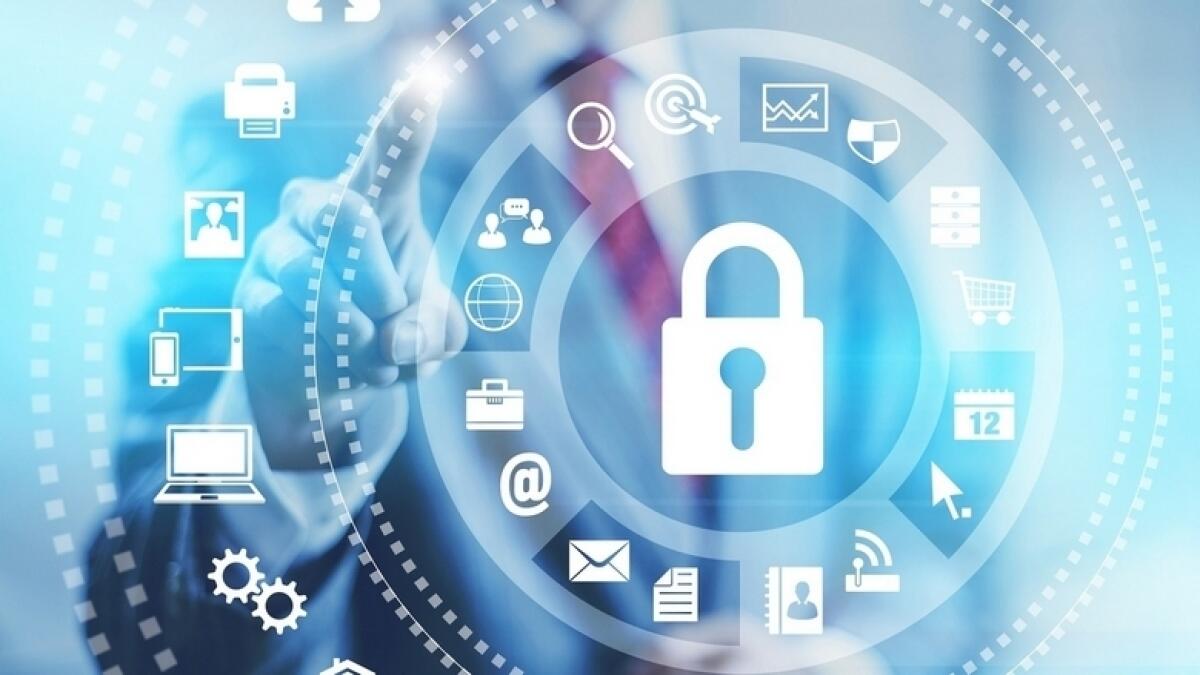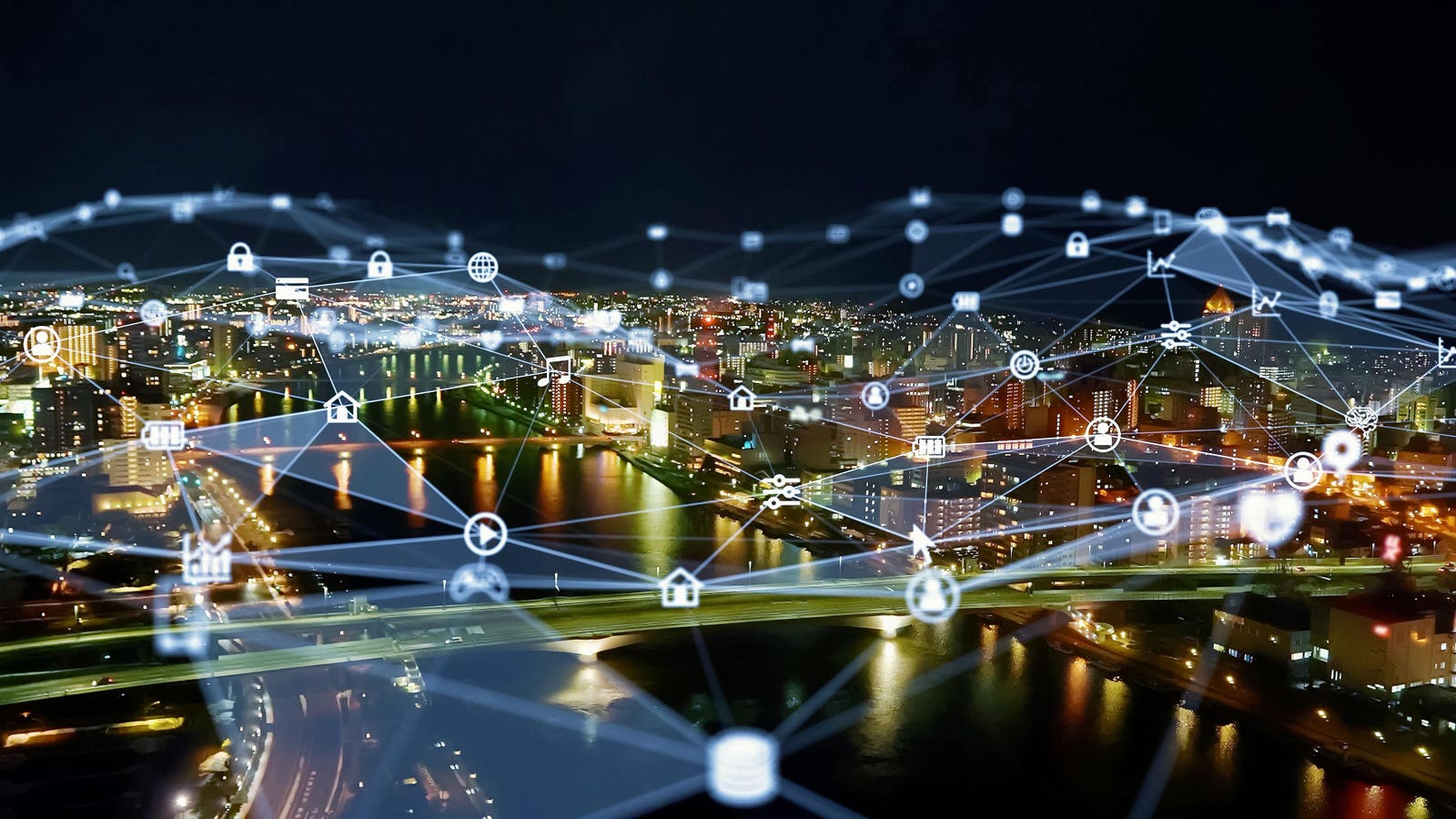Cracking the code: Mastering internet security in the modern era
This article aims to unravel the complexities of internet security in the modern age.
In an era where the digital landscape is as expansive as it is interconnected, the need for robust internet security has never been more critical. As we seamlessly traverse the vast realm of the internet, the threats to our digital well-being continue to evolve. This article aims to unravel the complexities of internet security in the modern age, providing insights into key aspects that empower us to safeguard our online presence.
Understanding the threat landscape
Cyber threats overview
The digital age has brought with it a myriad of cyber threats, ranging from the conventional to the highly sophisticated. Malware, phishing, ransomware – these are just a few of the weapons wielded by cybercriminals to compromise our digital lives. Understanding these threats is the first step towards effective defense.
The evolution of cyber attacks
The landscape of cyber attacks has evolved dramatically. What once may have been simple and indiscriminate has transformed into targeted and highly sophisticated assaults. Cybercriminals are no longer solely motivated by chaos; financial gain and political motives are now significant driving forces.
Targeted attacks
Individuals, businesses, and even governments have become targets of cyber attacks. Recognizing the prevalence of targeted attacks emphasizes the urgency for proactive security measures. It’s not just about protecting data; it’s about safeguarding against calculated and deliberate strikes.
Building a strong foundation
Password management
At the core of internet security lies the foundation of strong, unique passwords. Password management tools are indispensable in creating and storing complex passwords, reducing the risk of unauthorized access.
Two-factor authentication (2FA)
Passwords, while essential, can be vulnerable. Implementing Two-Factor Authentication adds an additional layer of defense, requiring a second form of verification beyond a password. This extra step significantly enhances account security.
Software updates and patching
One of the most overlooked aspects of internet…



